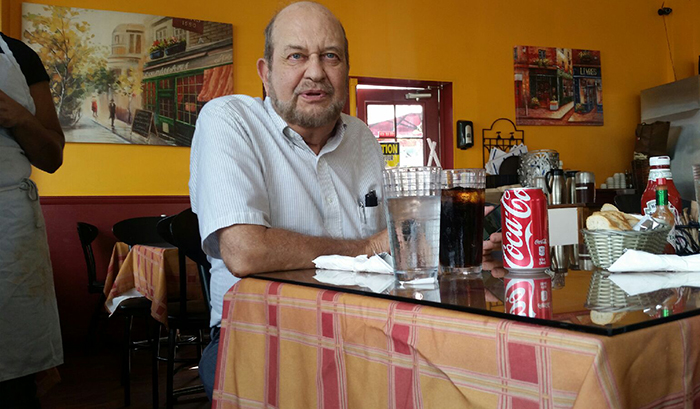The U.S. Supreme Court, in its famous Citizens United decision, tells us corporations are just like people.
But we saw the opposite in the multiple convictions of Pacific Gas & Electric Co. the other day for obstruction of justice and breaking safety laws in the 2010 San Bruno natural gas pipeline explosion that killed eight persons and destroyed many homes.
No, the PG&E case says, corporations are not like people. When juries convict real people of felonies, they do jail time, serve probation and/or pay fines that hurt. They often have trouble getting jobs for the rest of their lives and carry serious stigma wherever they go.
None of that will happen to PG&E, where no one appears likely to pay much of a price for the company’s wrongdoing before and after the big blast.
The big utility cannot do jail time. It is impossible. No one has put it on probation, even if a few small communities are opting out of its services to join the state’s budding publicly-owned Community Choice Aggregation power suppliers. PG&E was fined just $6 million for its offenses, a pittance for a company that was in June awarded more than $600 million in rate increases for safety work on its gas pipelines.
The most important thing here is that not a single person was convicted. No one will pay any significant price for the tragic havoc PG&E wreaked. Even so, PG&E now wants its convictions overturned.
Why this company needs $600 million yearly in extra pipeline safety money is anyone’s guess. After all, PG&E and other California gas utilities have collected billions of dollars from their customers over the last 65 years for pipeline maintenance, even if no one ever tracked how they spent it.
Shrinking a Fine
What’s more, when the state Public Utilities Commission fined PG&E $1.6 billion last year for violating state and federal gas pipeline safety standards, more than 53 percent of the money – $850 million – was earmarked for pipeline repairs and improvements. That meant PG&E’s big fine, cited by federal authorities as one reason for the paltry amount assessed as a criminal penalty this summer, was less than half as big as billed. It is surely no fine when a company is forced to make updates it was paid to perform over the previous six decades.
But the really big question in the PG&E case was clear from the day charges were filed: Why did no persons face charges?
Plenty of individuals were involved, and the federal Justice Dept. surely knew it. One example: His own testimony in the months-long PG&E trial showed that the company’s former vice president of gas maintenance and construction may have been at the very least incompetent. One example he admitted to: He signed a letter instrumental in PG&E being charged with obstructing the federal investigation of San Bruno by trying to conceal some flawed company policies.
The executive said he didn’t write or edit the letter and signed it without understanding its technical language. He said that he often did that with documents he was asked to approve.
“I would read what I could and what I could understand,” he testified. “Most of it was technical information. It didn’t do much good for me to read it. I pretty much had to trust what the team had gotten me.”
No one explained why this man was not charged with criminal negligence for signing such letters and documents without bothering to get them deciphered.
Other testimony saw PG&E engineers say cutbacks in spending on safety were “the fault” of the company’s top brass. But no executive, active or retired, has been charged. No one paid any significant price for what probably amounted to multiple manslaughters, at a minimum.
By contrast, when a low-level employee of a baseball team this season played inappropriate music during the introduction of a pitcher previously implicated in a domestic violence case, that employee was summarily fired. Yet, no one was harmed by the music.
Meanwhile, PG&E suffers no reduction in employability after its crimes. Its service area is not reduced. Its rates are rising. Its executives still are paid well into six and seven figures.
So no, corporations are not like people. At least not when they commit major crimes. Not in real life.
Mr. Elias may be contacted at tdelias@aol.com. His book, “The Burzynski Breakthrough: The Most Promising Cancer Treatment and the Government’s Campaign to Squelch It,” is now available in a soft cover fourth edition. For more Elias columns, visit www.californiafocus.net

